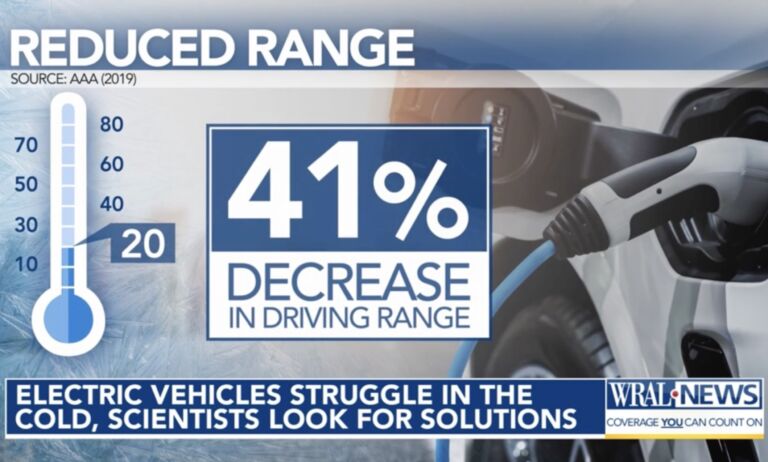Why has Uber stirred up such controversy? Because the company and similar outfits such as Lyft and Sidecar have challenged entrenched interests like the New York City taxi mogul profiled in the latest issue of Bloomberg Businessweek.
According to the city, the Taxi King controls 860 cabs (Freidman says he actually operates more than 1,100). That’s more than anyone else in town. Factor in the hundreds of vehicles he has in Chicago, New Orleans, and Philadelphia, and he’s almost certainly the most powerful taxi mogul in the country. Freidman makes money by leasing the cabs to drivers on a daily or weekly basis.
To own a cab in New York, you need a medallion—a metal shield displayed on the vehicle’s hood—and there are a fixed number issued by the New York City Taxi & Limousine Commission (TLC). Until very recently, medallions were a good thing to have a lot of. In 1947, you could buy one for $2,500. In 2013, after a half-century of steady appreciation, including a near-exponential period in the 2000s, they were going for $1.32 million.
Then came Uber. Since the arrival of the car-by-app service, valued at about $50 billion, taxi ridership is down, daily receipts have declined, and drivers are idling—or going to work for Uber. Add it up, and desperate medallion sellers are trying to fob off their little tin ornaments for as little as $650,000. …
… There are 13,587 yellow cabs in New York City. That’s not many more than there were when the modern taxi industry was born almost 80 years ago. During the Depression, thousands of jobless men became taxi drivers. As a result, the number of cabs ballooned, and suddenly there weren’t enough passengers to scoop up. The industry became as hopelessly unprofitable as any other. So in 1937 the city created the medallion system that remains in place today. Until 1996, the number of medallions in circulation remained exactly 11,787.
Because the system artificially depressed supply, taxi drivers stayed busy and medallions became more valuable.


